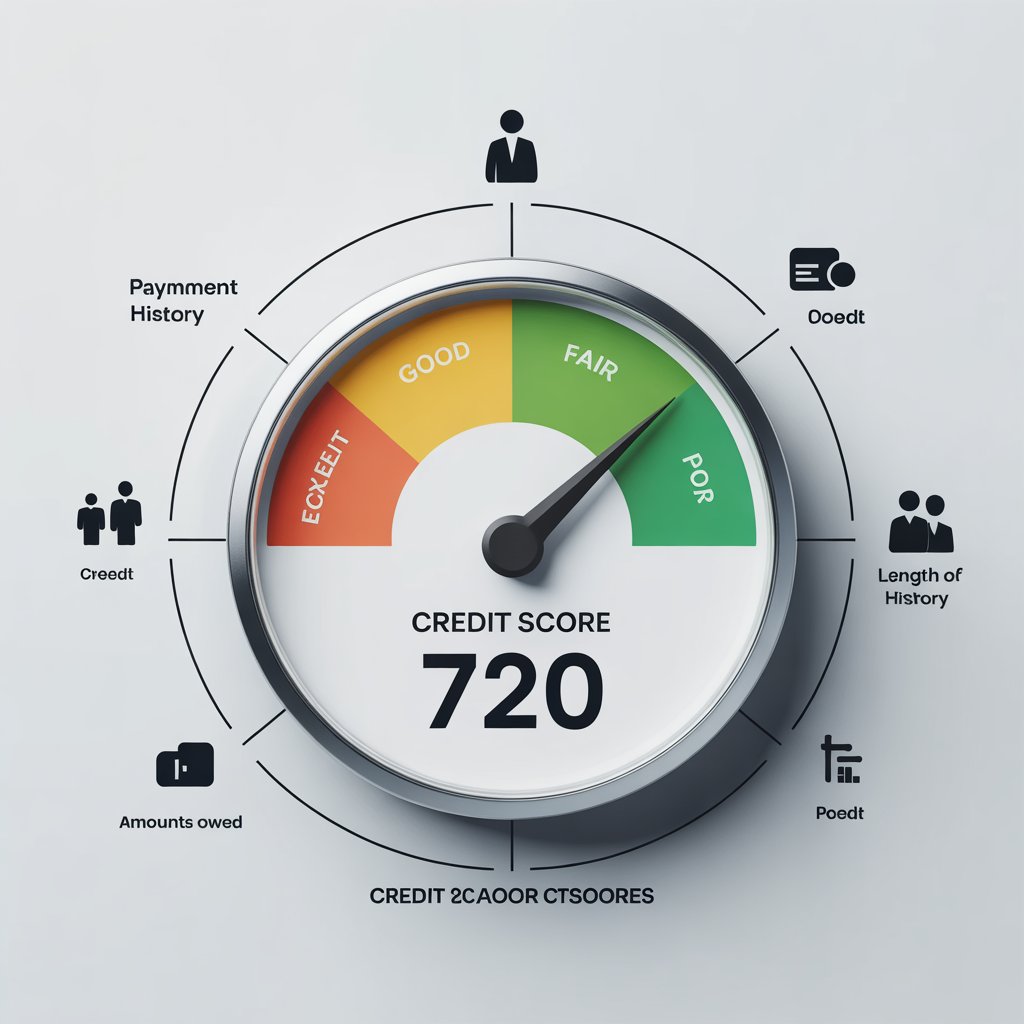Credit Card Score System Explained – 2025
In 2025, understanding the credit card score system is more important than ever. Whether you live in the United States, the United Kingdom, or India, your credit score acts as a financial passport. It influences your ability to get approved for loans, credit cards, mortgages, and sometimes even rental housing or employment checks.
This guide breaks down exactly how the credit card score system works today—what factors impact it, how scores differ across countries, and most importantly, what practical steps you can take to improve your score. Let’s dive in.
What Is a Credit Card Score?
A credit card score is a numerical expression of your creditworthiness. It is based on your credit history—how you have borrowed and repaid money in the past. Lenders use this score to predict how likely you are to repay future debts responsibly.
Typical Credit Score Ranges in 2025
- United States: 300–850 (FICO and VantageScore)
- United Kingdom: 0–999 (Experian scale)
- India: 300–900 (CIBIL, Experian, Equifax, CRIF High Mark)
Why Credit Scores Matter More Than Ever
- Approval for credit cards, loans, and mortgages
- Interest rates—higher scores mean lower interest
- Employment background checks in sensitive industries
- Rental applications for apartments
- Insurance premiums in some regions
Key Factors That Affect Your Credit Score
1. Payment History
On-time payments are the most important factor. Even one missed payment can lower your score significantly.
2. Credit Utilization
This is the percentage of your available credit that you are using. Ideally, keep it under 30% for a healthy score.
3. Length of Credit History
Lenders prefer borrowers with longer credit histories. The age of your oldest account and the average age of all accounts both matter.
4. Types of Credit
A mix of credit accounts—credit cards, installment loans, and mortgages—can help improve your score.
5. New Credit Inquiries
Too many hard inquiries in a short period can signal financial stress and lower your score.
Credit Score Comparison – US vs UK vs India
| Aspect | United States | United Kingdom | India |
|---|---|---|---|
| Score Range | 300–850 | 0–999 | 300–900 |
| Good Score Threshold | 700+ | 750+ | 750+ |
| Primary Bureaus | Experian, Equifax, TransUnion | Experian, Equifax, TransUnion | CIBIL, Equifax, Experian, CRIF |
| Use Cases | Loans, credit cards, mortgages | Loans, tenancy checks, insurance | Loans, credit cards, EMI finance |
Step-by-Step: How to Improve Your Credit Score in 2025
- Check your credit report at least twice a year.
- Pay all bills and EMIs on time.
- Keep credit card balances below 30% of the limit.
- Do not apply for multiple new credit lines at once.
- Maintain old accounts to show long credit history.
- Use a mix of secured and unsecured credit products.
Common Myths About Credit Scores
- Carrying a balance improves your score (False—pay in full when possible).
- Checking your own credit hurts your score (False—soft inquiries don’t impact).
- Closing old cards boosts your score (False—it can shorten your credit history).
Future of Credit Scoring by 2030
By the end of the decade, artificial intelligence and open banking data may redefine credit scoring. Instead of relying solely on credit card usage, lenders could analyze rental payments, utility bills, and even digital spending patterns. This shift could make credit access more inclusive, especially in emerging markets.
Related Posts
- • Crypto Investment Tips
- • Visa Holders Financial Planning
- • Travel Insurance for Students
- • Make Payment with PayPal
- • Loan & Credit Guide
- • How to Save Tax Legally
- • Student Loans 2025
- • How to Apply for Student Loan
- • How to File Tax in USA
- • Emergency Fund & Insurance Planning
- • Cryptocurrency Regulations 2025
- • Top Investment Options
- • Credit Card Score Explained
- • How to Build Credit History
- • International Banks for Students
- • How to Apply for Credit Card

